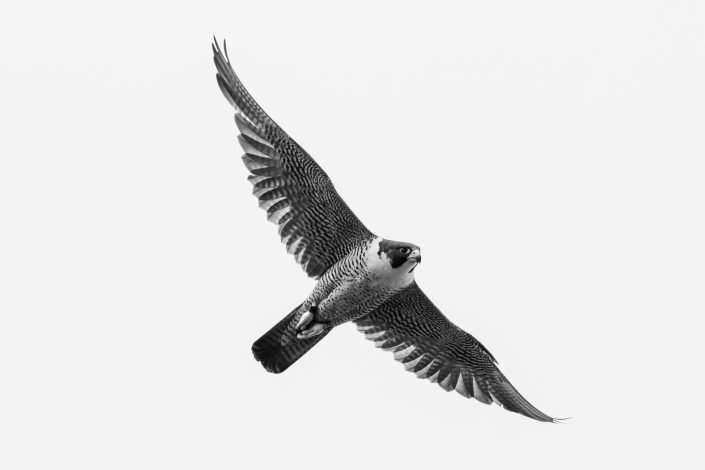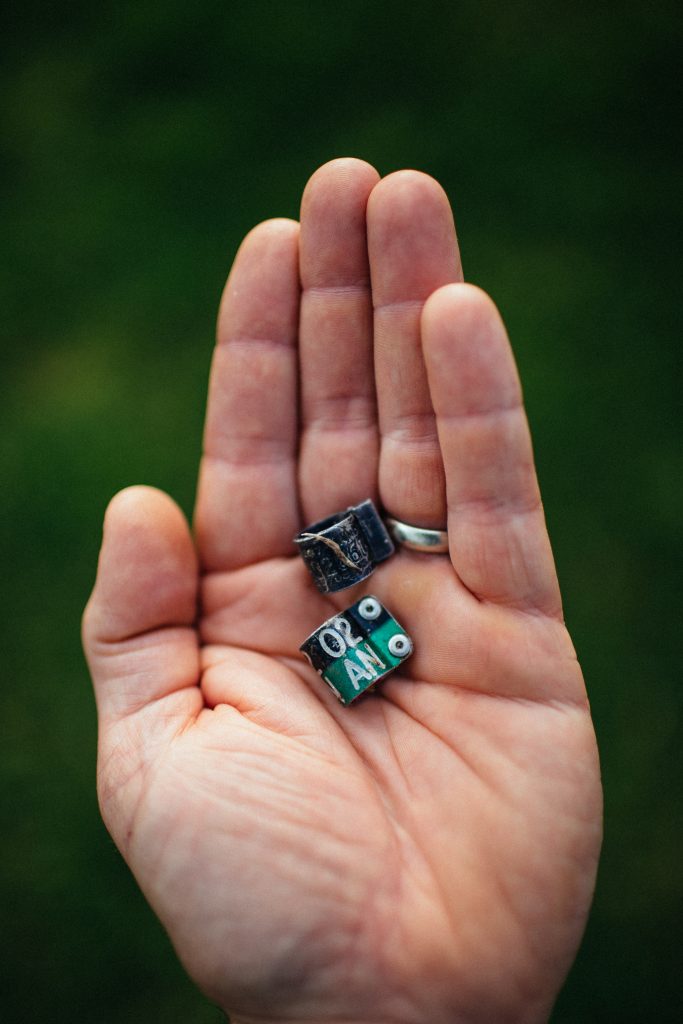Survival of the Fittest Falcons

Just imagine having to defend your home from an invader who wants to steal your home and mate. All you have to protect yourself and home are your bare hands (or talons). You fought this same battle several years ago and staked your claim here. It was a hard won battle that could have been the end.
This is the tale of peregrine falcons in New Jersey. As the population has grown in the mid-Atlantic region, we are beginning to see a higher turnover of individuals at some established nests. This is where a bird comes in to usurp one of the established falcons of a monogamous pair. This usurp typically happens during courtship and before egg laying. Falcons are also expanding their range to seek out new nest sites, but the most sought after nest sites are established nests.

In coastal Virginia, researchers with The Center for Conservation Biology have observed high turnover of nesting pairs in recent years. “Of 39 slots within established territories where breeding adults could be identified in both 2017 and 2018, 23% of individuals had changed between years.” Their research also found that females were being lost at a twice the rate of males, which was opposite of what was observed in nests in the Midwest. This means that adults may not nest at a site for 15 years, like they have in the past, and to the point where they don’t lay any eggs (but still defend their territory). Now they are challenged more frequently and may not be the fittest falcon.

At one nest that we monitor, located inside Sedge Island WMA, the nesting female was sadly lost this year. 02/AN originated at a nest in Bass River in 2011 and began nesting at Sedge in 2014. Over the years she produced over a dozen young and was even a great parent for young foster falcons, like “Junior” from Jersey City. When we surveyed the nest for the first time this year, we found her remains inside the nestbox. She was replaced by a new, young unbanded falcon.

It is always a bummer to lose a long lived falcon, but having more individuals around is a clear sign of a robust population, a clean environment and abundant prey which support them. It will be interesting to see what the future holds for falcons in New Jersey. So far, the new female at Sedge has yet to hatch any young. We don’t know anything about her since she isn’t banded. During our last visit, she was down from four eggs to three. We shall see if any of those hatch this year.
Discover more from Conserve Wildlife Foundation of NJ
Subscribe to get the latest posts sent to your email.
Leave a Comment
Wow! Great story, Ben. Thanks for sharing
Comments are closed.